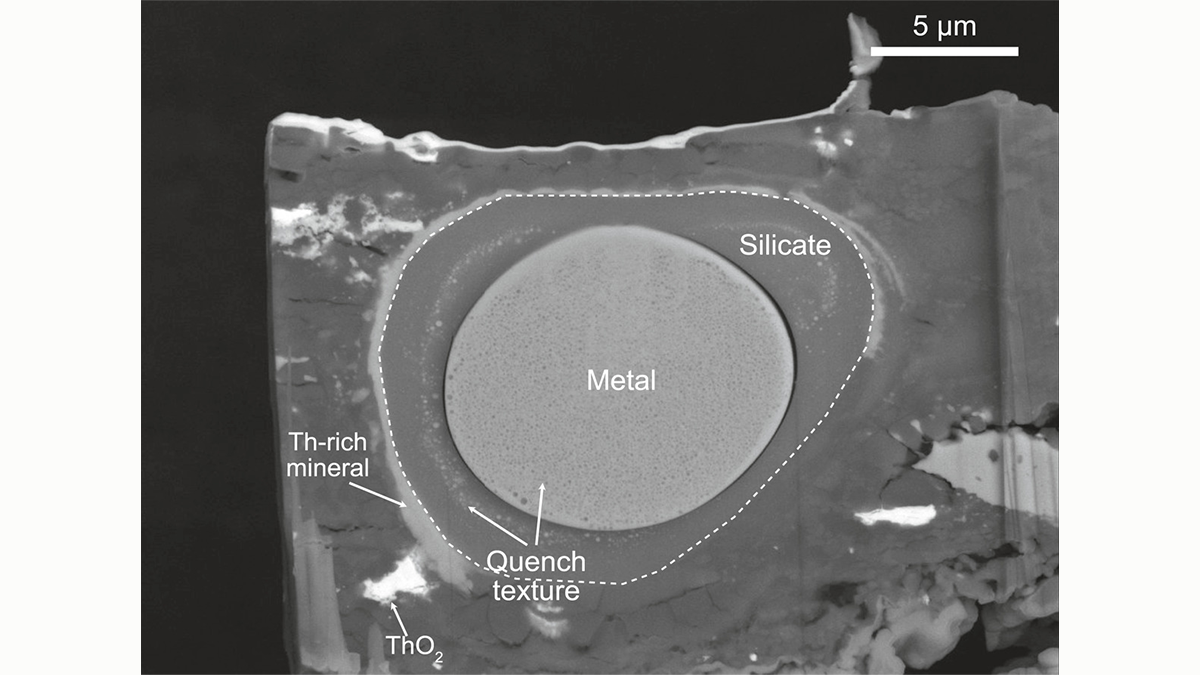How was Earth’s early magnetic field produced? New experimental results and modeling show that the energy source could not have come from exsolution of lithophile elements from the core.

How was Earth’s early magnetic field produced? New experimental results and modeling show that the energy source could not have come from exsolution of lithophile elements from the core.